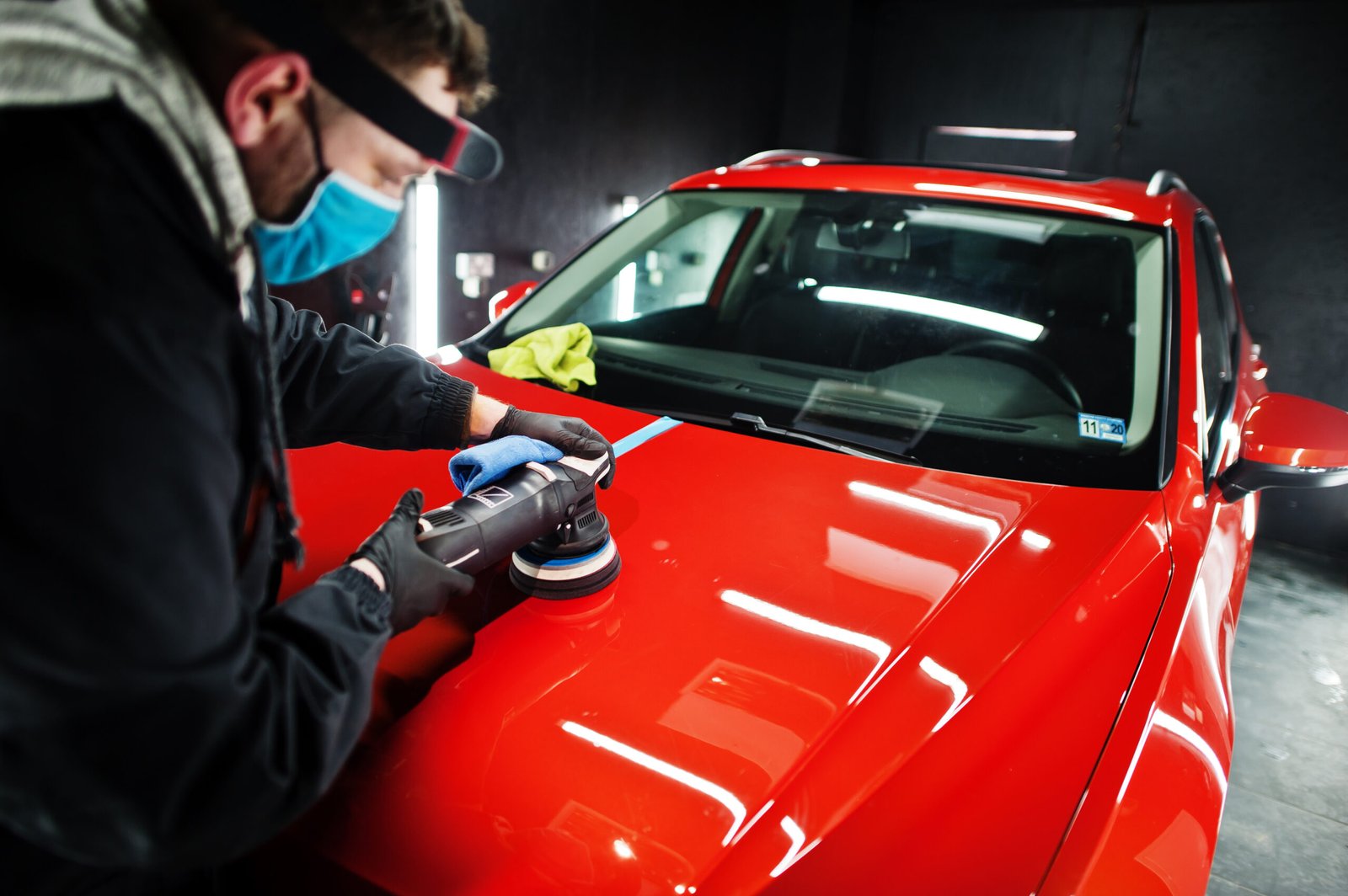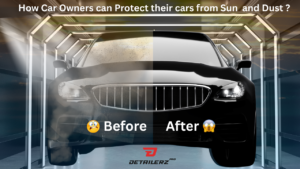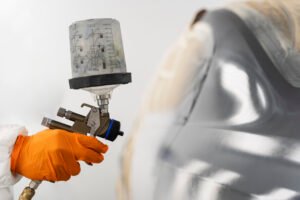KEY BENEFITS, APPLICATION TECHNIQUES, AND UPKEEP
In the realm of vehicle upkeep, ensuring your car remains in pristine condition while shielding it from harsh environmental factors can be challenging. Whether you are a dedicated car lover or simply wish to protect your vehicle’s worth, ceramic coating is increasingly recognized as an essential option for those looking to maintain their car’s exterior. In this discussion, we will examine the compelling reasons ceramic coating is vital for any vehicle, detailing its benefits, the application method, and the reasons it represents a worthwhile investment over time. A ceramic coating is a specialized liquid polymer that is thoughtfully applied to the surface of your automobile. It chemically adheres to the paint, creating a strong and hydrophobic barrier that repels water, dirt, and various contaminants. This layer acts as an unseen shield, providing your car with extended protection from environmental elements, UV rays, and pollutants. In essence, ceramic coating serves as a protective layer, preventing contaminants from sticking to your car’s paint, which makes upkeep easier and helps preserve its immaculate look for an extended period.
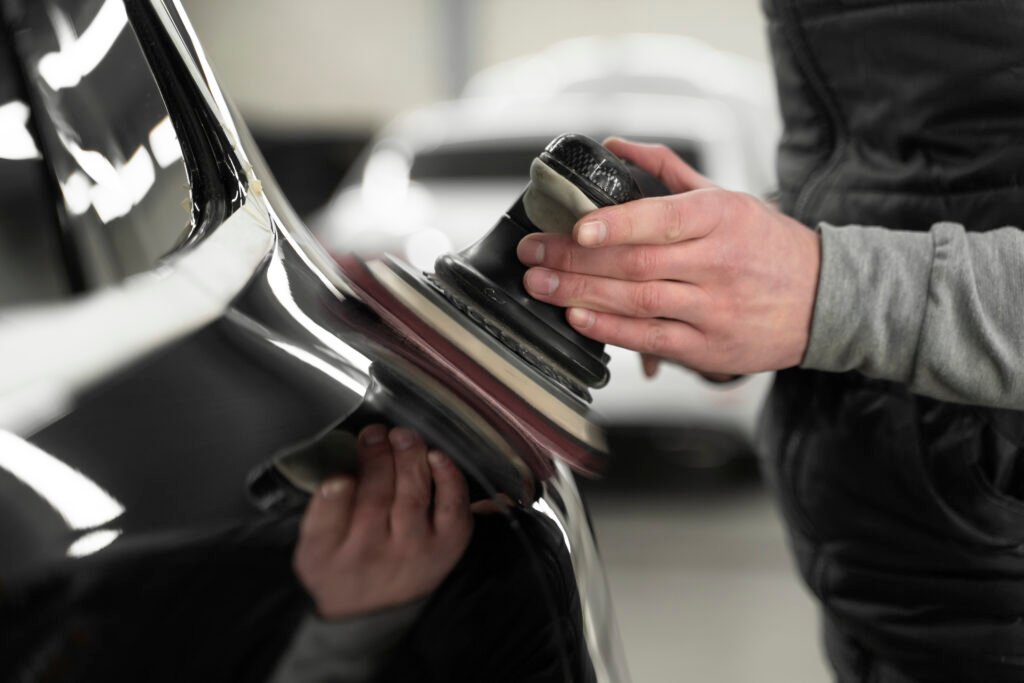
The Value of Ceramic Coating for Cars:
Superior Protection Against Environmental Contaminants
Ceramic coating offers significant advantages in protecting your vehicle from environmental contaminants. Your car faces numerous daily threats, such as water, dirt, bird droppings, tree sap, and road salts, which can lead to permanent paint damage over time. Ceramic coatings create a strong protective layer that prevents these elements from adhering to your car’s surface. Consequently, your
vehicle is less likely to suffer from stains or damage, making maintenance easier and decreasing the risk of oxidation. By providing excellent resistance to environmental factors, ceramic coatings are instrumental in maintaining your vehicle’s visual appeal and reducing the effects of everyday exposure to dirt, debris, and pollution.
Improved Durability and Scratch Resistance
Ceramic coatings may not render your vehicle entirely scratch-proof, but they do offer a notable enhancement in scratch resistance. The hardened layer of the coating adheres firmly to your car’s paint, creating a robust surface capable of withstanding minor impacts. Whether it’s an errant shopping cart, small stones, or an accidental brush against a tree, ceramic coatings serve to shield your vehicle from superficial scratches. Furthermore, this protective layer minimizes the occurrence of swirl marks, which often develop from regular washing and drying, ensuring that your car maintains a smooth and glossy appearance for an extended period.
Hydrophobic Properties – Simplified Cleaning
A remarkable characteristic of ceramic coatings is their hydrophobic nature. When water comes into contact with a ceramic-coated surface, it beads up and rolls off effortlessly. This property makes it increasingly difficult for dirt, mud, or water to adhere to the surface, thereby minimizing the risk of water spots and residue. As a result of this hydrophobic effect, cleaning your vehicle becomes a much simpler task. Water and contaminants slide off with ease, significantly reducing the time and effort required for maintenance.
UV Protection and Resistance to Oxidation
Ultraviolet rays significantly contribute to the fading and oxidation of automotive paint over time. In the absence of adequate protection, your vehicle’s paint may start to deteriorate, leading to a loss of its original vibrancy and luster. Ceramic coatings act as a protective shield against UV rays, thereby safeguarding the quality of your car’s paintwork.
By shielding your vehicle from oxidation and UV-related damage, ceramic coatings help maintain a glossy finish and prevent the fading that often results from extended sun exposure. Consequently, your car’s exterior will retain its fresh and vibrant appearance for an extended duration.
Glossy Appearance and Improved Visual Appeal
A key advantage of ceramic coating is the remarkable glossy finish it imparts. Once applied, your vehicle will showcase a rich, reflective shine that enhances the color and depth of the paint. This glossy finish not only gives your car a brand-new look but also ensures it stands out on the road, thereby enhancing its overall visual appeal.
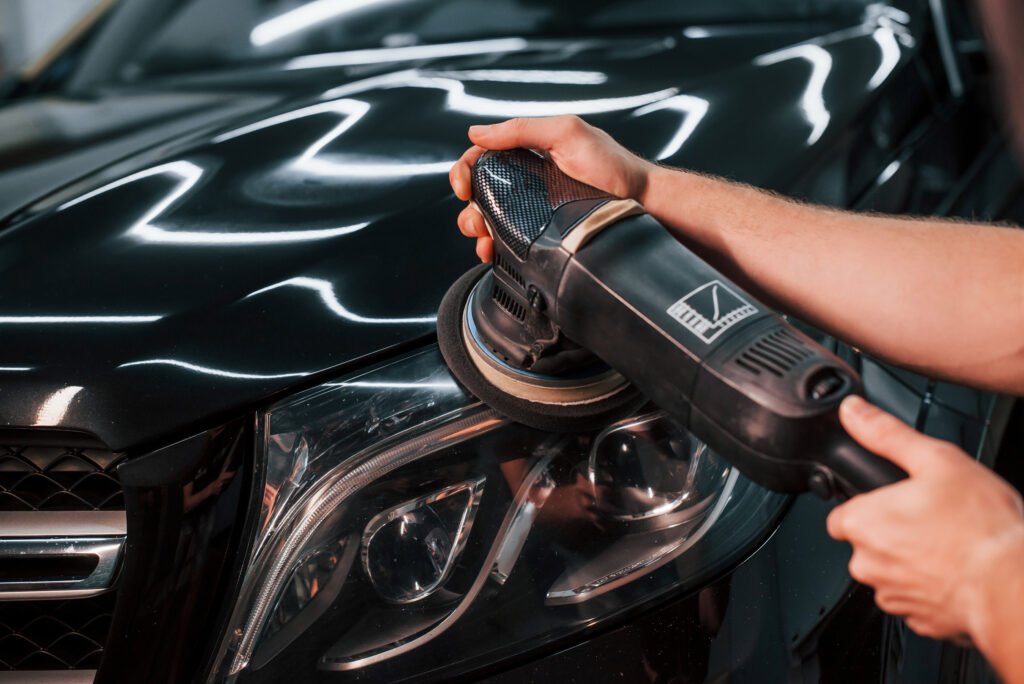
The ceramic coating procedure includes important stages:
Cleaning and Preparing the Surface
To begin, it is vital to clean your vehicle thoroughly to ensure that no dirt, oil, or contaminants remain on the surface before applying the ceramic coating. This process typically involves washing the car with a pH-neutral shampoo, followed by using a clay bar for decontamination to remove any embedded particles from the paint. Additionally, any surface imperfections such as swirl marks, water spots, and scratches should be polished out to create a smooth and flawless finish.
Application of the Ceramic Coating
After ensuring the surface is thoroughly cleaned and polished, a small quantity of ceramic coating is applied to the vehicle using an applicator pad. The product is distributed evenly across the surface in manageable sections, ensuring complete coverage of the car. It is crucial to act swiftly, as the coating begins to bond with the paint immediately upon application.
Allowing for Curing
Following the application of the coating, it is necessary to allow adequate time for curing. This process can vary, taking anywhere from several hours to a few days, depending on the specific product utilized. During this period, it is vital to keep the vehicle sheltered from water, rain, and other contaminants to facilitate proper bonding of the coating with the paint.
Conducting a Final Inspection and Buffing
Once the coating has fully cured, a thorough inspection of the vehicle is conducted to identify any excess product or streaks. Any raised areas or imperfections are carefully buffed away using a microfiber towel to achieve a uniform and smooth finish. This final assessment ensures that the coating has been applied correctly and is prepared to provide optimal protection.
Ceramic coatings typically last two to five years, depending on the product quality and
environmental conditions, with proper maintenance:
The lifespan of best ceramic coatings is heavily contingent upon a variety of elements that can significantly impact their durability and performance. These elements include the inherent quality of the product being used, the specific method of application employed, and the maintenance practices that are consistently followed. On average, a high-grade ceramic coating is expected to last between 2 to 5 years, although some exceptional products on the market may exceed this timeframe, offering even longer-lasting protection. To effectively preserve the performance of the ceramic coating, it is beneficial to engage in routine cleaning practices and to occasionally apply maintenance solutions that
are formulated to support the coating’s integrity and functionality.
Assessing the merits of investing in ceramic coating can provide valuable insights.
Ceramic coating is indeed a worthy investment. The initial cost might be perceived as high, but the long-term returns are substantial. This coating provides robust protection against various contaminants, UV exposure, and scratches, while also reducing the frequency of necessary washes and detailing. As a result, it is a valuable enhancement for any vehicle. By protecting the paint, limiting oxidation, and elevating the aesthetic quality of your car, ceramic coating helps keep your vehicle looking pristine for a longer duration, which in turn helps maintain its value and extends its overall lifespan.
To maintain the effectiveness of your ceramic coating, please follow these essential maintenance practices:
- Regularly clean your vehicle with a pH-neutral car shampoo to remove dirt and other contaminants.
- Refrain from using harsh chemicals or abrasive cleaning tools that could damage the coating.
- Employ maintenance sprays tailored for long ceramic coatings to restore its hydrophobic effect and
provide an additional layer of protection. - Conduct routine inspections of the surface for any signs of wear and reapply the coating as
necessary.
